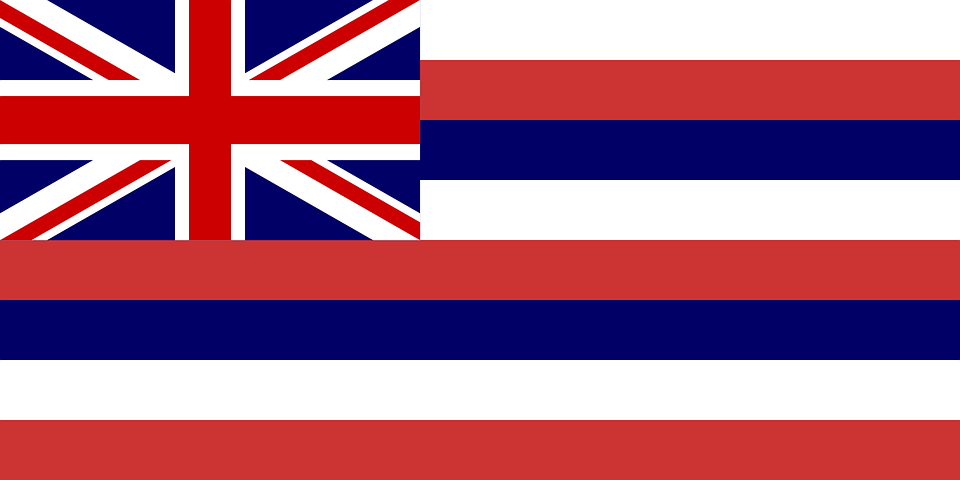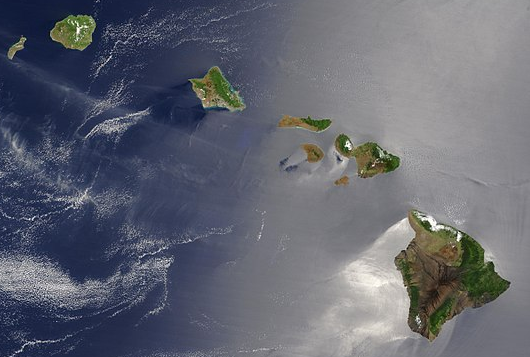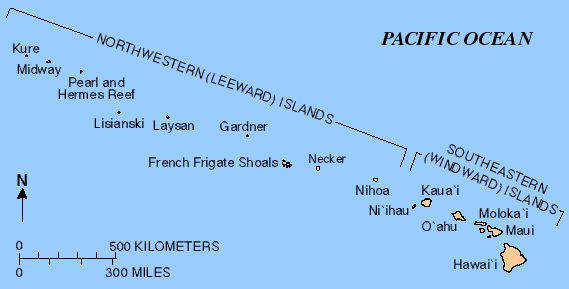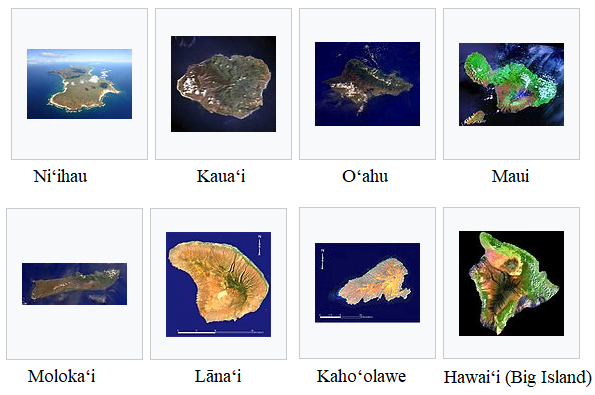
Hawaii is an American federal state. They joined the United States on August 21, 1959, as the last fiftieth member. They are the only American federal state that consists exclusively of islands. Hawaii is an archipelago in the central part of the Pacific, southwest of the continental United States, southeast of Japan and northeast of Australia.
Natural beauty, warm tropical climate, clear sea and waves, and active volcanoes make Hawaii a popular destination for tourists, surfers, biologists and volcanologists. Since they are located in the central Pacific in Hawaii, the influence of both North America and Asia is present, as well as their own native culture. Hawaii has a population of 1,421,000, as well as many tourists and members of the US Army. The capital of Hawaii is Honolulu, which is located on the island of Oahu.


Hawaii encompasses virtually the entire volcanic chain of the Hawaiian Islands, which consists of hundreds of islands spanning 2,400 km. At the southeastern end of the archipelago are the eight main islands of Niʻihau, Kauaʻi, Oʻahu, Molokaʻi, Lānaʻi, Kahoʻolawe, Maui, and Hawaiʻi. The island of Hawaii is by far the largest and is often called the “Big Island” so as not to be confused with the federal state. The archipelago is part of Polynesia. It is the northernmost island group in Polynesia in the central Pacific Ocean.
The highest mountain in Hawaii is Mauna Kea, whose highest peak is 4,204 m high. The eight main islands, Hawaii, Maui, Oahu, Kaholawe, Lanai, Molokai, Kauai and Niahau, surround a number of smaller islands. Northwest Hawaii is a group of nine small islands, stretching from Nihau Island to Kure Atoll. They represent the remains of former much larger mountains of volcanic origin. There are also more than 100 rocks and islands, such as Molokini, which are either of volcanic origin or formed by erosion.
All Hawaiian islands are of volcanic origin. Eruptions break out on the Big Island from time to time. Isolation and a diverse region (high altitudes, tropical climate, large region) have produced a huge number of endemic plant and animal species. Hawaii is characterized by having more endangered plant and animal species than any federal state, and they also have the highest percentage of extinct endemic species in the United States.

Hawaii has a tropical climate, but the temperature and humidity are not so extreme due to the virtually constant action of winds from the east. The highest daytime temperatures during the summer are around 31 ° C and the nighttime temperatures are around 24 ° C. During winter, most daytime temperatures are around 28 ° C and nighttime temperatures are around 18 ° C. Although the tropics are not characterized by snowfall in the mountains on the Big Island, snow can be found at altitudes of 4,205 m. Most of Hawaii has only two periods: the dry period from May to October and the rainy period from October to April.
Several areas in Hawaii are under the protection of the National Park Service. Volcanoes, historical parks, but also water parks (regions around the coast) in order to protect both the cultural and historical heritage, as well as the environment on land and water. The most famous of these is The Papahānaumokuākea Marine National Monument.

